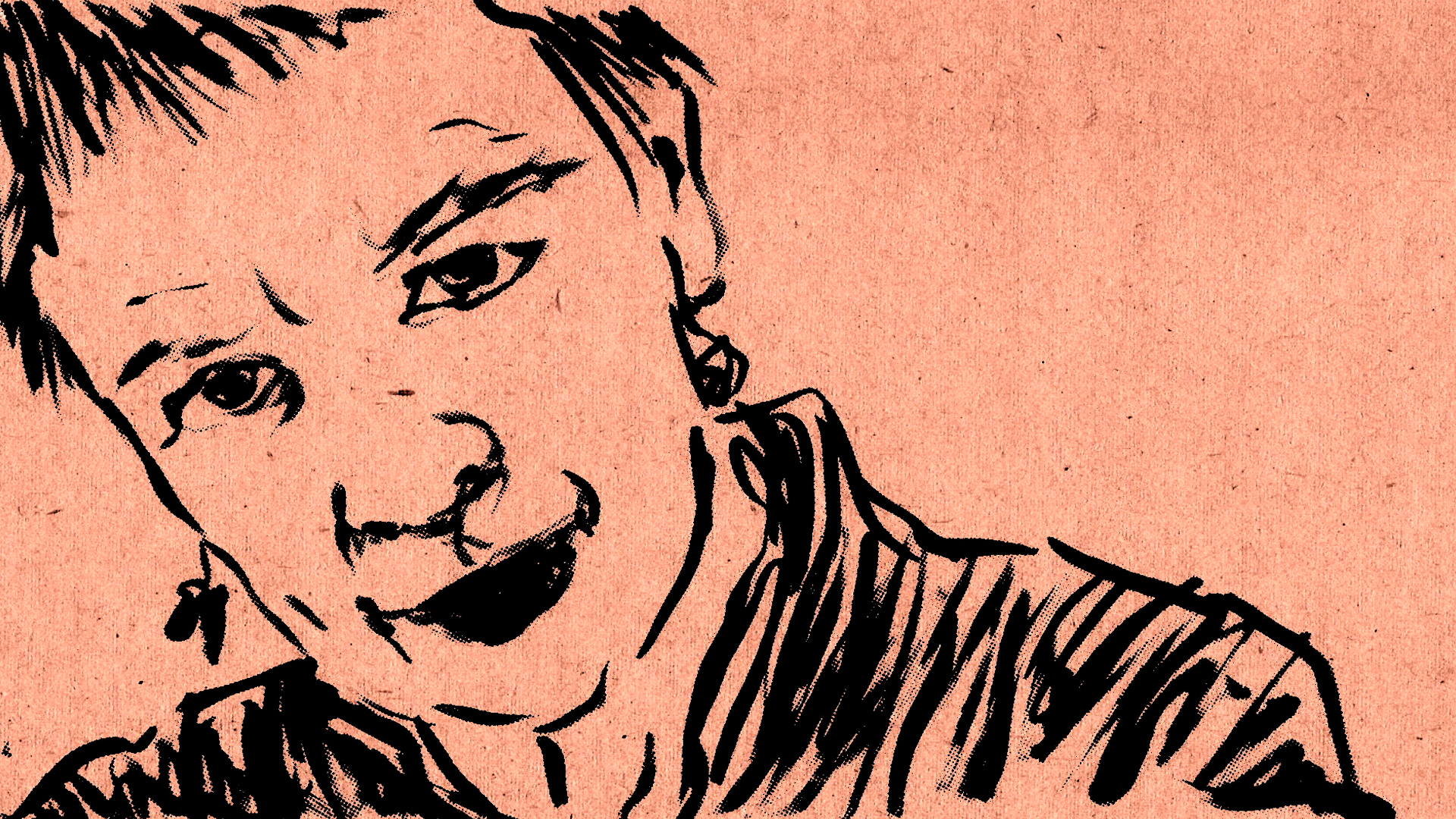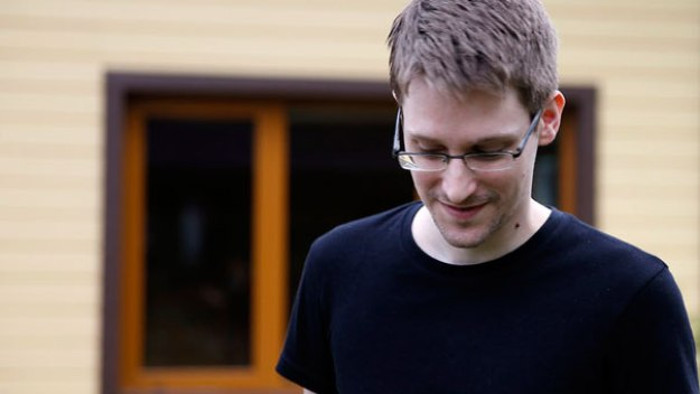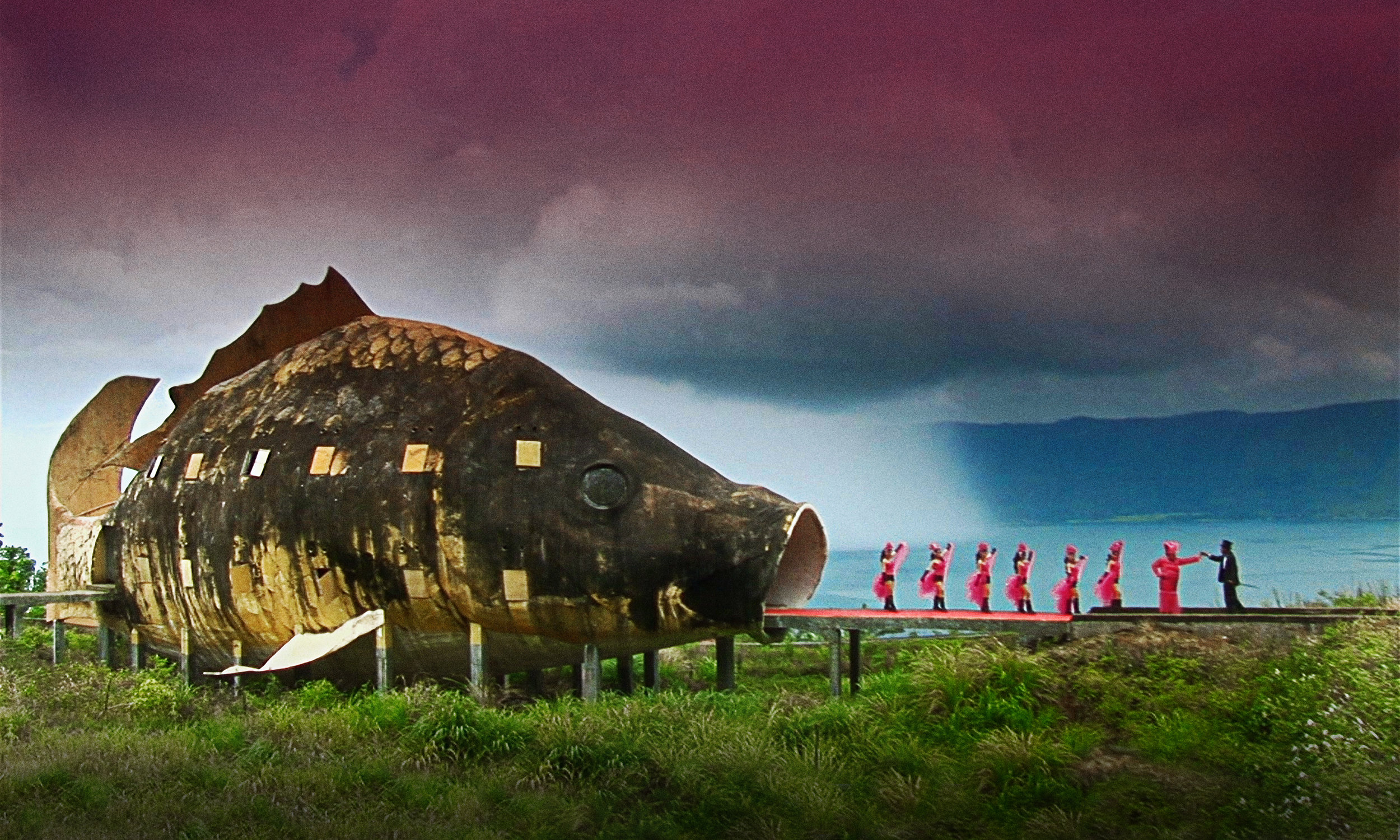Exposing her role behind the camera, Kirsten Johnson reaches into the vast trove of footage she has shot over decades around the world.
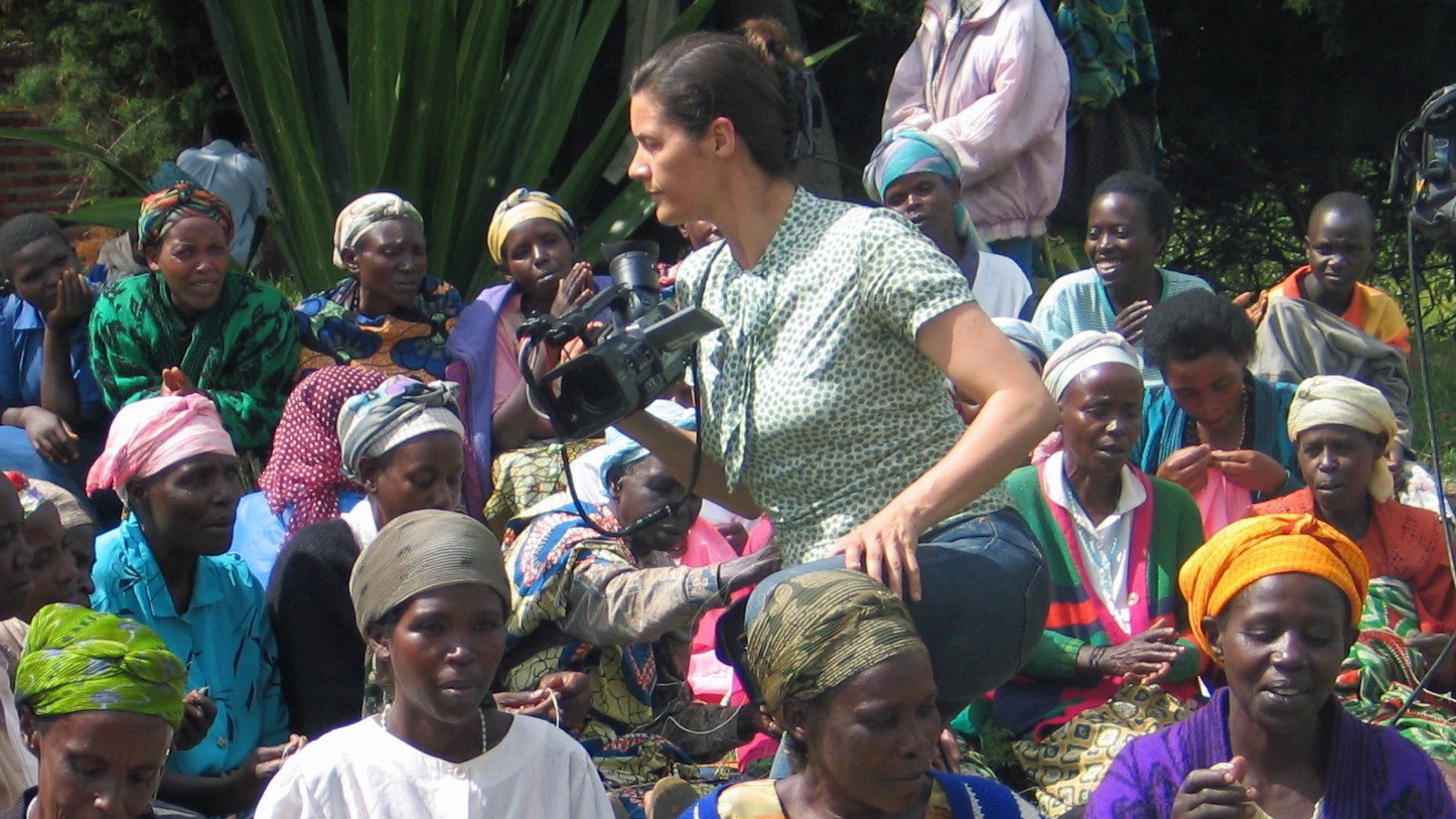
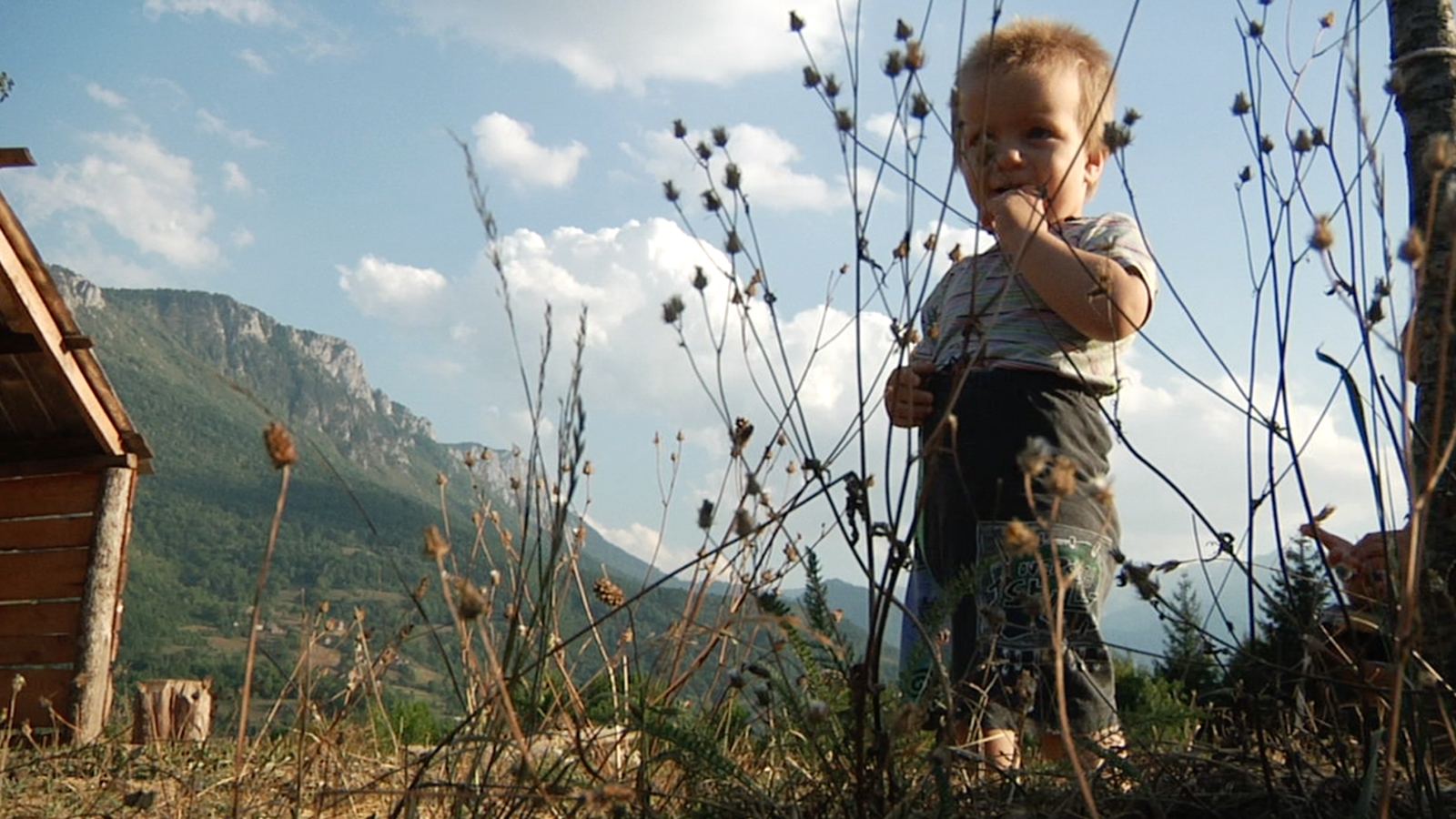
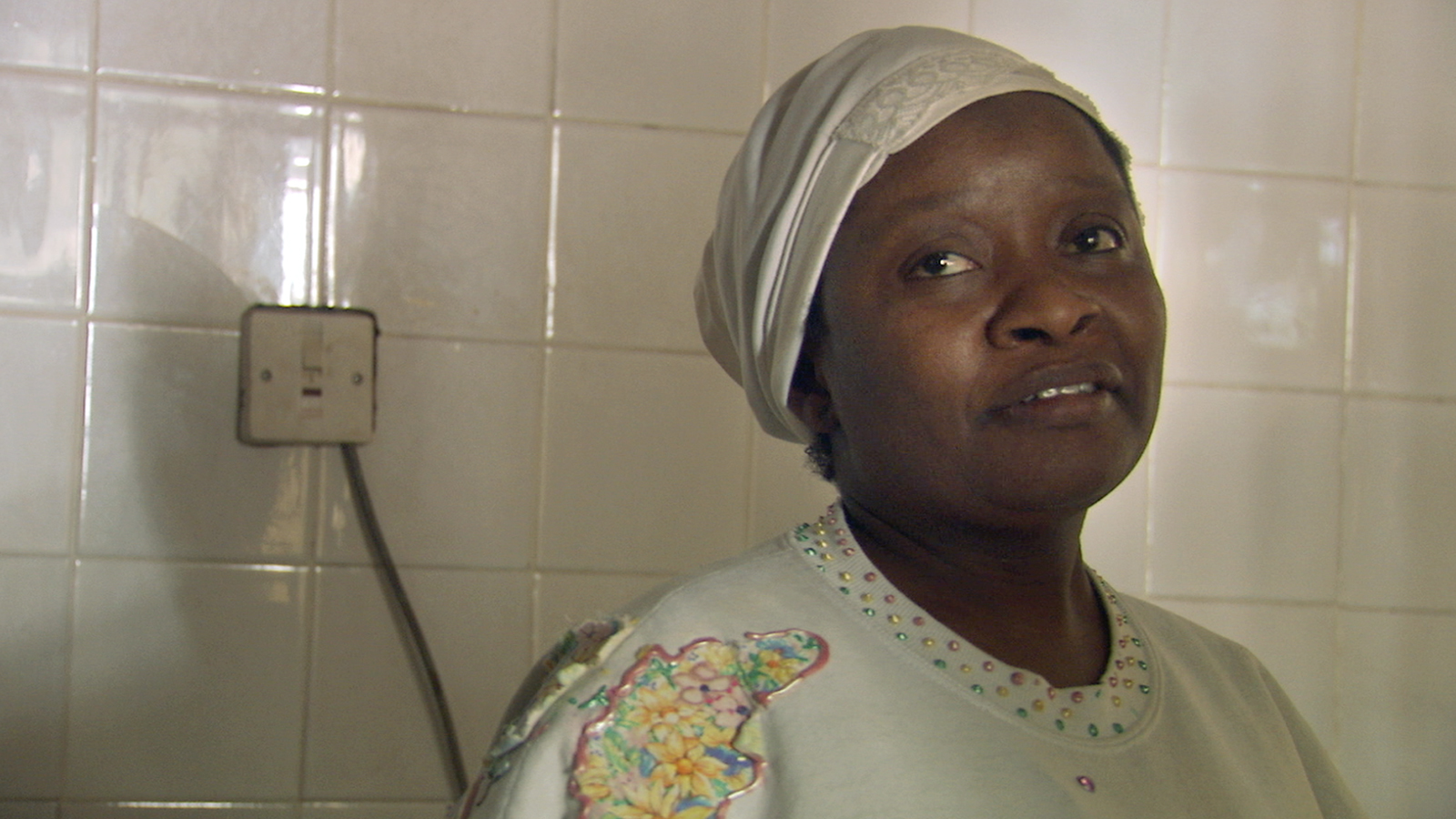
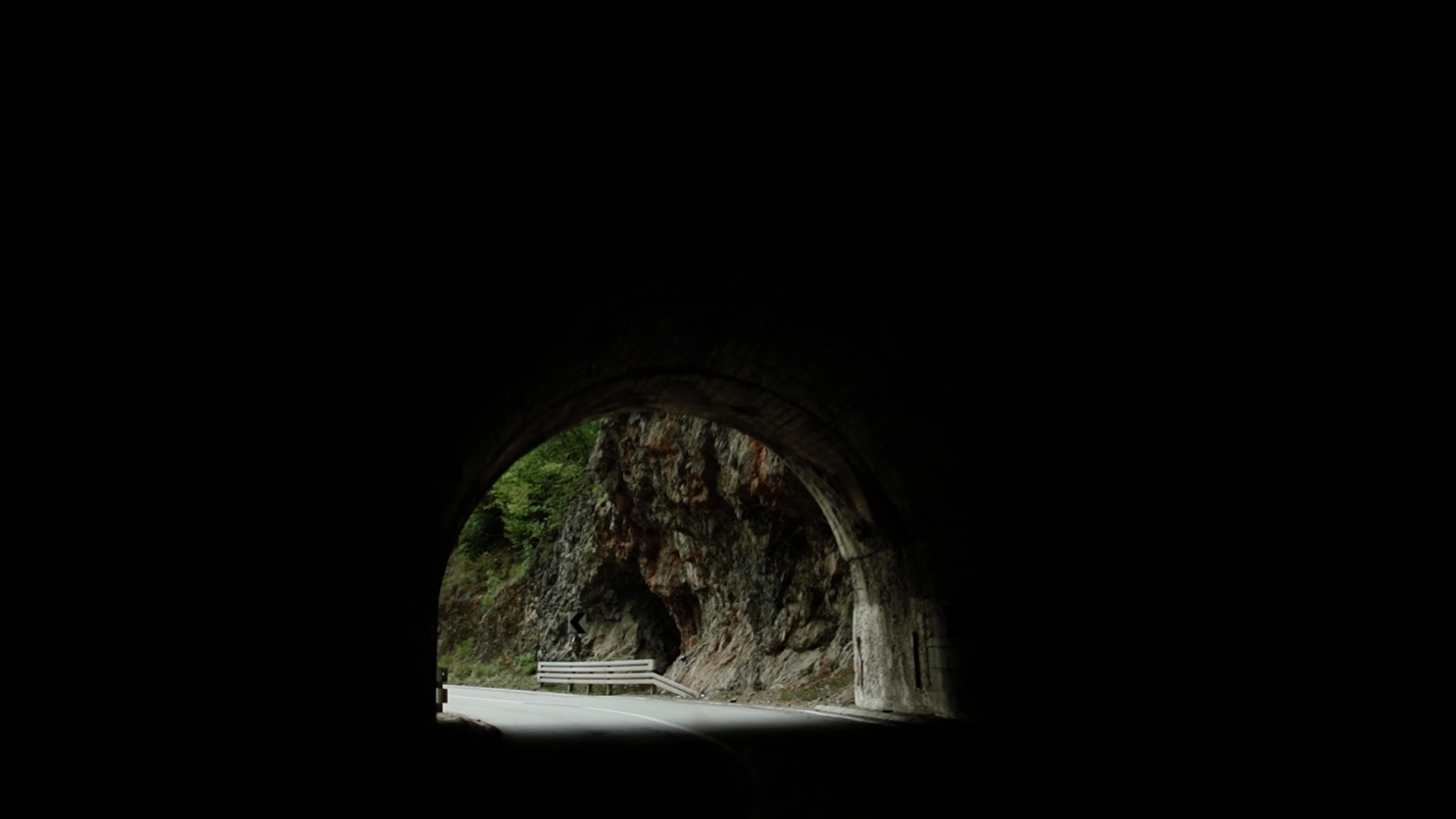




ABOUT
Synopsis
A boxing match in Brooklyn; life in postwar Bosnia and Herzegovina; the daily routine of a Nigerian midwife; an intimate family moment at home: these scenes and others are woven into Cameraperson, a tapestry of footage captured over the twenty-five-year career of documentary cinematographer Kirsten Johnson. Through a series of episodic juxtapositions, Johnson explores the relationships between image makers and their subjects, the tension between the objectivity and intervention of the camera, and the complex interaction of unfiltered reality and crafted narrative. A work that combines documentary, autobiography, and ethical inquiry, Cameraperson is both a moving glimpse into one filmmaker’s personal journey and a thoughtful examination of what it means to train a camera on the world.
Filmmaker
Kirsten Johnson
Kirsten Johnson has worked as both documentary cinematographer and director committing herself to human rights issues and visual creativity. She is the principal cinematographer on over 40 feature-length documentaries and has been credited on countless others. After graduating from Brown University in 1987 with a BA in Fine Arts and Literature she travelled to Senegal to study with acclaimed filmmakers Djibril Diop Mambety and Ousmane Sembene. The experience inspired her to apply to the French National Film School (La Femis), where she began to study cinematography. While in La Femis she began to shoot the documentary Derrida, with directors Amy Ziering and Kirby Dick, the earliest of Johnson’s work to appear in Cameraperson. After graduating from La Femis, she went on to shoot a number of highly-acclaimed and award-winning documentaries including Pray the Devil Back to Hell, Fahrenheit 9/11, This Film is Not Yet Rated and The Invisible War. She has a longstanding collaboration with Oscar-winning filmmaker Laura Poitras, credited as cinematographer for The Oath, Citizenfour and the upcoming Asylum. Additionally, she shot footage that appeared in Poitras' visual exhibition on surveillance, which opened at the Whitney Museum in spring 2016. In 2009 Johnson embarked on a directorial project documenting the lives of two teenagers in Afghanistan, a film to be called A Blind Eye. After 3 years of shooting and cutting, one of the teenagers retracted her permission to be featured and the film’s scope was reconsidered and structured around the footage that was shot, as well as footage from over 30 films Johnson had worked on over the years. Eventually, this was edited into the film that became Cameraperson. When not shooting she teaches the class in Visual Thinking at the NYU Graduate Journalism Department, a course in cinematography at SVA, and often leads workshops for young camerapeople and documentarians under the auspices of the Arab Art and Culture Fund in countries such as Egypt, Syria, Lebanon, and Saudi Arabia.







